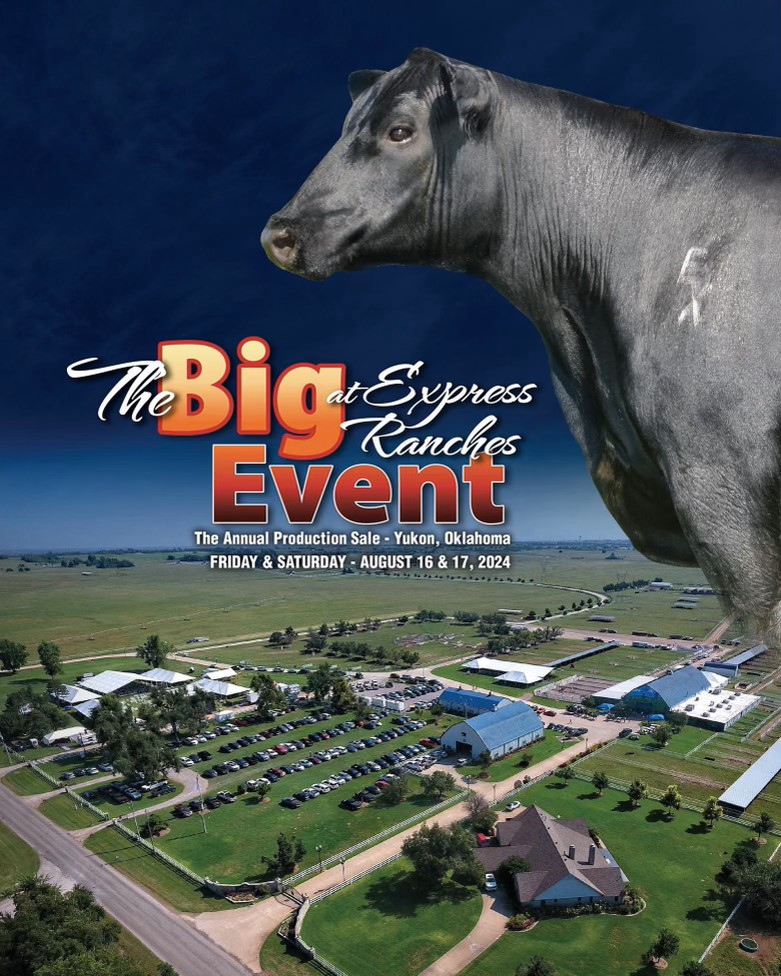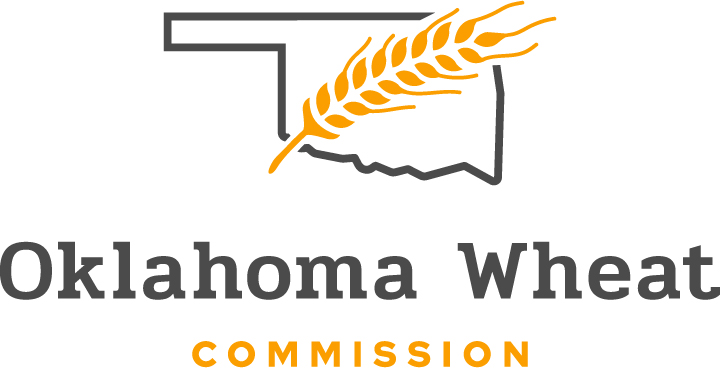
Agricultural News
American Angus Releases Improved Feed Efficiency, Profitability Tools
Tue, 09 Dec 2014 17:11:05 CST

The nation's largest beef breed organization has released newly improved bioeconomic tools aimed at identifying animals with better performance and profit potential.
The American Angus Association on Friday, Dec. 5, released its national cattle evaluation (NCE) containing genomic-enhanced expected progeny differences (GE-EPDs) and information like percentile tables and breed averages along with updated economic assumptions used to calculate its suite of bioeconomic dollar-value indexes, or $Values.
The report contained important first-time enhancements to the feedlot value ($F) and beef value ($B) indexes, made possible by a growing amount of feed intake data recorded by producers during the last 10 years.
"Since their introduction in 2004, these terminal dollar-value indexes for sire evaluation have revolutionized beef cattle selection in the United States, allowing producers to select for a desirable combination of performance and product traits simultaneously," says Dan Moser, director of the Association's performance programs and president of Angus Genetics Inc. (AGI). "This is an important next step in improving the ability of cattlemen to select for more efficient, better-performing genetics."
When multi-trait $Values for $F, $B and grid value ($G) were introduced a decade ago, very little feed-intake information was being collected, Moser explains. Today, however, the Association's database houses more than 13,000 individual animal feed-intake records, as well as dry-matter intake (DMI) molecular breeding values for more than 100,000 animals.
"That increased data, along with a better industry-wide understanding, has led to advancements in how we evaluate cattle for feed efficiency," says Tonya Amen, AGI director of genetic services. "The residual average daily gain (RADG) EPD, for example, has documented differences in genetic levels of feed intake and efficiency within the breed since 2010. Now, it's logical to include feed-intake information in pertinent $Value calculations."
$Values are expressed in dollars per head and represent an estimate of how future progeny of each sire are expected to perform, on average, compared to progeny of other sires in the database. The values are derived using EPD data along with economic assumptions that consider a three-year average, updated annually, for factors such as weaned-calf and fed-cattle prices, feed costs, grid values and more.
Economic advisors work closely with Association researchers to update ever-changing assumptions, like feed costs, that greatly influence profitability. The NCE updates released Dec. 5, with the newly introduced feed-intake component, result in $F and $B equations that Moser says better represent profit potential in an environment where 10-year breed trends show an increase in feed-intake requirements along with growth and carcass merit.
"This latest enhancement gives Angus seedstock producers and their commercial cattle customers even more advanced tools to characterize animals for how efficiently they perform and, ultimately, how they influence their bottom lines," he says. "That's a powerful capability in a time where Angus genetics are more profitable than they've ever been."
Click here to learn more about $Values, the American Angus Association National Cattle Evaluation and continued advancements in genetic evaluation for registered Angus cattle.
Click below to watch a feature with Dan Moser, AGI President on the data enhancements.
WebReadyTM Powered by WireReady® NSI
Top Agricultural News
More Headlines...




















